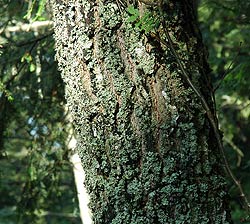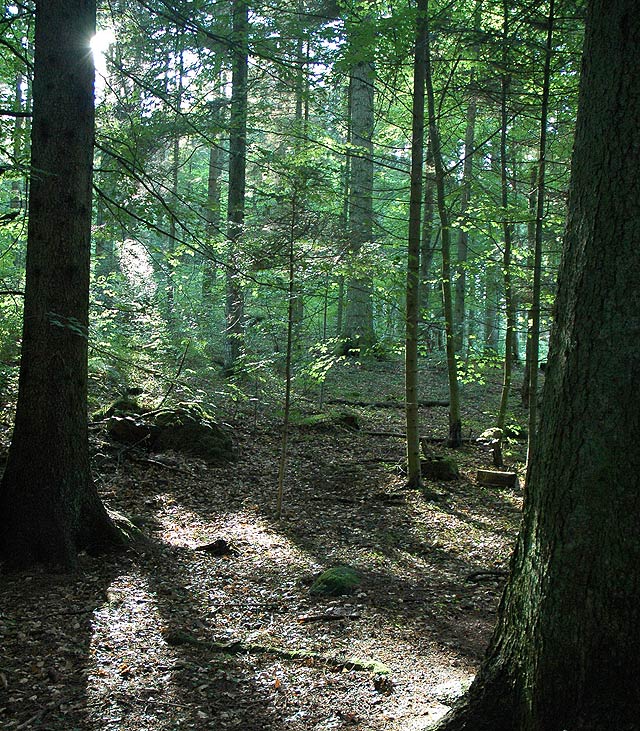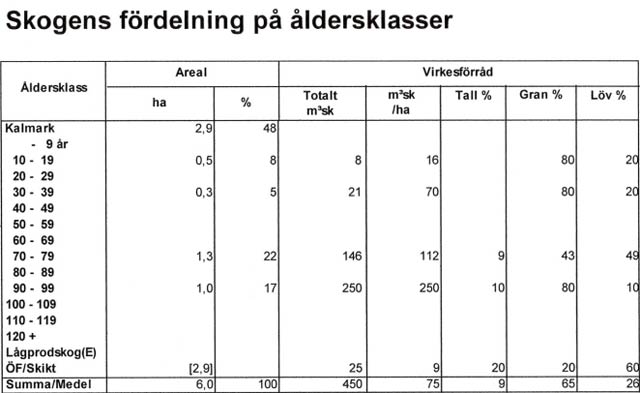How to buy forest in Sweden
 Buying land is pretty straight forward in Sweden, and can be done by foreign nationals as well. However there is short supply near all metropolitan areas, so you'll have better luck in rural areas, and they are plentiful.
Buying land is pretty straight forward in Sweden, and can be done by foreign nationals as well. However there is short supply near all metropolitan areas, so you'll have better luck in rural areas, and they are plentiful.
It has become very popular for our European neighbors to buy leisure properties in the Swedish country side, especially Germans and Norwegians. With a forest cover of 57% and a generous right to freely roam it (allemansrätten), many people find it an attractive safe-haven from their busy lives.
All aspects of life in Sweden are heavily regulated, and so is the ownership and purchase of land, so the buyer needs to beware.
Finding forest land
The real estate market is almost entirely internet based nowadays, with a few realtors and online magazine listings focusing specifically on forest land and farms, for example LRF, ATL, Areal and Skogsmaklarna. But forest property can also be found at mainstream sites such as Blocket, Annonsguide, Hemnet and Booli.
At Skogsforum there are many interesting discussions about forest ownership.
Swedish real estate agents are required to hold a licence, and are generally very competent professionals. The seller pays all agent fees, while the buyer commonly pays the transaction costs at the land office, which is 825 SEK ($100 USD) plus 1.5% of the selling price.
Sweden practices absolute land ownership laws, unlike Canada and other countries where you purchase surface rights, tree rights, mineral rights, etc.
Common sizes for forest land are in the 10 to 200 hectare (25 to 500 acres) range. Small plots are very attractive investments to get automatic membership in a hunting club.
The price of land varies depending on northern latitude, closeness to cities, leisure value, standing log volume, log maturity, and the buildings (if any) on the property. The base value is between 50,000 and 100,000 SEK per hectare, or $2,400 to $4,800 USD per acre. Add to that the value of the buildings, how scenic and attractive it is, and so on.

Above: primary forest on Omberg, Sweden.
Almost none of the forests in Sweden are primary forests, all being grown as a crop for profit, no matter how wild they may look to the untrained eye. So most forest parcels were at one time planted, and have a professionally done development plan in place, which states species, maturity, standing log volume, soil fertility and suggested growth procedures. These plans are commonly included with the offering, so it is easy to get a quick grasp of what you are buying.
The table below is part of the development plan for my property. Columns from left to right are: tree age, area in hectares, area in percent, total log volume, log volume per hectare, percent pine trees, percent spruce, percent broad-leaved trees. The bottom row shows the totals.

To find out the value of the timber itself, it is useful to check current prices of logging rights, which in Swedish is called rotpostspriser. This is when you sell the right to cut down and harvest the timber to a third party, not doing any of the work yourself. An average for all of Sweden for 2014 was 425 SEK ($50 USD) per cubic meter of standing logs. For the above property it would be 191,000 SEK or $22,600 USD. This value is then adjusted up or down depending on tree maturity, latitude, proximity to logging roads, and how well maintained the trees are.
A mature spruce or pine tree is around half a cubic meter in volume and takes 80 to 120 years to grow, depending on latitude and soil quality. Slower growing trees at higher latitudes are stronger and have higher value. Due to the slow grow cycle, whatever trees you plant are never going to benefit yourself, but your children or grandchildren.
Sweden is a very transparent country, allowing for any person to freely obtain records for any property from the land office (Lantmäteriet). This record shows the current owner, size, location, last selling price and date, easements (servitut) and joint obligations (samfälligheter). To find the owner's contact information is then a matter of a quick look-up in an internet directory such as Hitta or Eniro.
Caveats
Some things are worth checking before committing to any property, as they might be detrimental to the value or use of the land. By law, the buyer has an obligation to find necessary information and inspect the property before buying it, as this might differ from what the seller has presented.
Sweden's strong environmental laws single out many locations as key biotopes (nyckelbiotoper), which will severely limit the use of the property, prohibiting logging, farming or general use of the land. To find out if a property is affected, use Länsstyrelsen's WebGIS , Skogsstyrelsen's Skogens pärlor, or Naturvårdsverket's Skyddad Natur. For example, a property I was bidding on last year evidently had an endangered species of water lizard mating in the bog I had planned to dig out into a pond.
Another interesting website is from Riksantikvarieämbetet, where you can see a map of historical remnants in the landscape, such as rune stones, petroglyphs, house ruins, old mills and such. Lantmäteriet's Historiska Kartor feature historical maps for all of Sweden. Pretty interesting to see how things have changed over time.
An easement is the right of a third party to use part of your land, for example a common road or a power line. This is normally not an issue, unless you mind visitors. But then again, with the right to roam (allemansrätten) you can never stop anyone from entering your forest.
Joint obligations are enterprises that act for a common good among the neighbor community, for example paying jointly to improve a road, rebuild a bridge, or for snow plowing. This can cost you a great deal of money and come as a shock if you are unprepared, and by law you can not refuse.
Many rural areas are heavily depopulated, and have put restrictions on who can obtain land ownership. They want to prohibit corporations to be the dominant land owners, and promote re-population of the areas instead. You need to apply for an acquisition permit (förvärvstillstånd) in this case.
Just because you own some forest doesn't mean that you can do whatever you want with it. This is all regulated in law in Sweden. A property of 50 hectares or larger can not have more than 50% of its area clear cut. To build a house, dig a pond, or in anyway change the appearance of a property requires a permit, with an accompanying fee.
The purchase process
If you are lucky enough to win the bidding contest, you sign the purchase agreement and pay a down-payment of 10% of the agreed price. This document is three or four pages, detailing down the terms.
You then apply for the acquisition permit, if needed, which costs 3,700 SEK ($440 USD) and takes two to four weeks to process.
At the day of change of ownership, you transfer the remainder of the money, and pay an administrative fee of 825 SEK ($100 USD) plus 1.5% tax on the purchase price as stamp duty. The title deed (lagfart) is then produced a few weeks later, which states you as the current owner.
Running costs
There is no annual tax to be paid on forest or farm land in Sweden. You will have no costs involved with the property, besides upkeep and possible joint obligation enterprises. However, if there is a house on the property, intended for use as a home (permanent or leisure), at a value of 50,000 SEK ($5,900 USD) or more, then annual tax must be paid. This is calculated according to standard of living, size of immediate (fenced off) area and other details, with 0.75% of the current value or at most 7,112 SEK ($940 USD) paid annually.
A forest needs upkeep with thinning during its entire life cycle, which will produce several-fold the volume of trees compared to a neglected one. Each thinning should be performed at least every five years. This is not mandatory by law, but a strong suggestion from my part, as a mistreated forest is a really sad sight. Several companies can perform this service, but of course it is more economical and even fun to do on your own.
Value of investment
As the population increases in the world, real estate will never be a bad long term investment. Half of Sweden's forests are owned privately, and the remainder by corporations or by the state. But seen as an investment for profit, it only performs moderately. Other types of investments yield better, but also at a higher risk.
Around two thirds of private forest owners in Sweden say that they would invest in more forest if they had 1,000,000 SEK to spend. 49% say the profitability of forestry is good or satisfactory.
To buy a large piece of forest, and then make a living from it, is nothing but an idealist's dream, as I discovered last year. The production cycle is too long and the investment costs too high.
However, a small and cheap property, as a remote escape, makes a lot of sense to me personally. It only needs to have enough trees for fire wood and construction of a few buildings.
